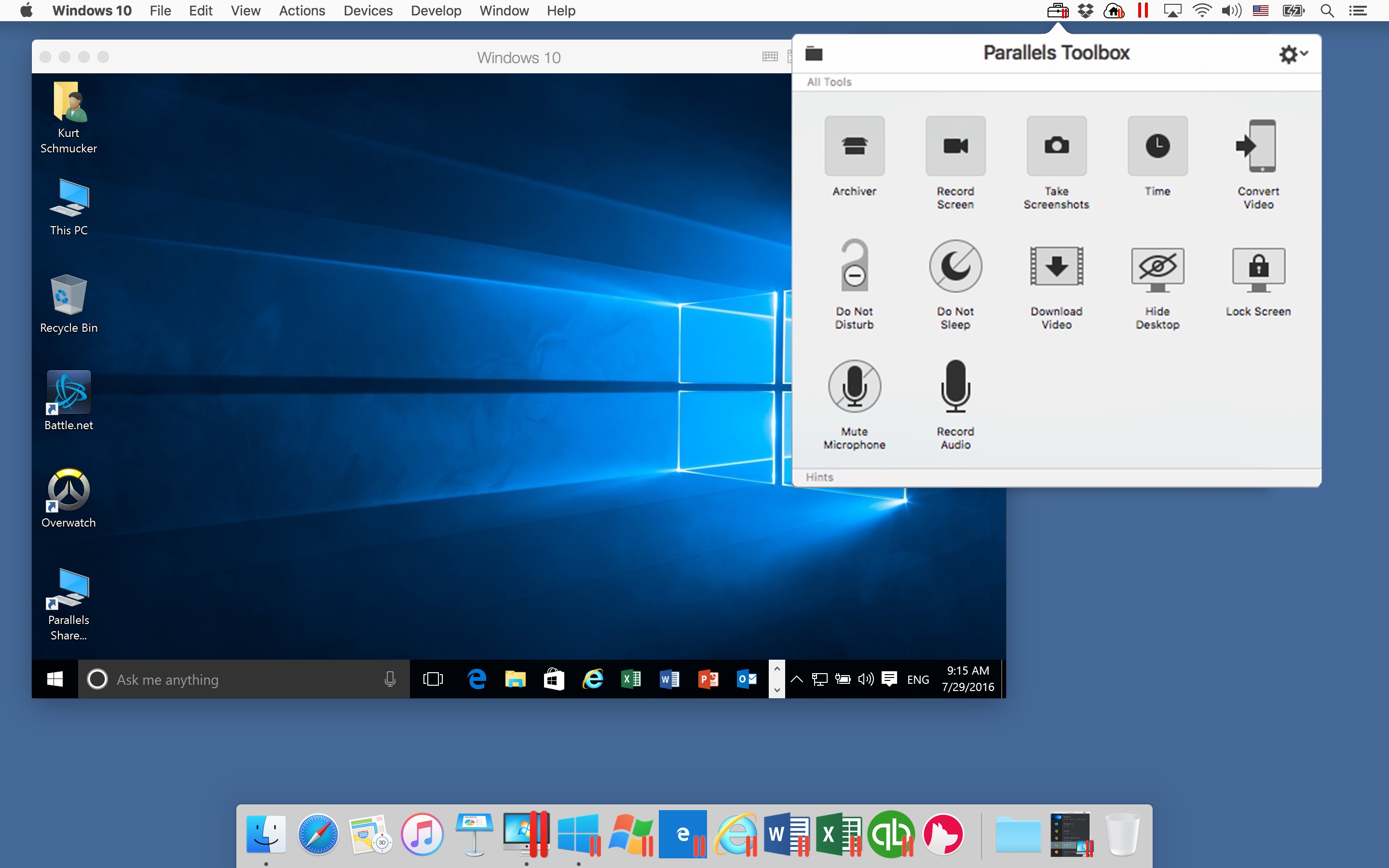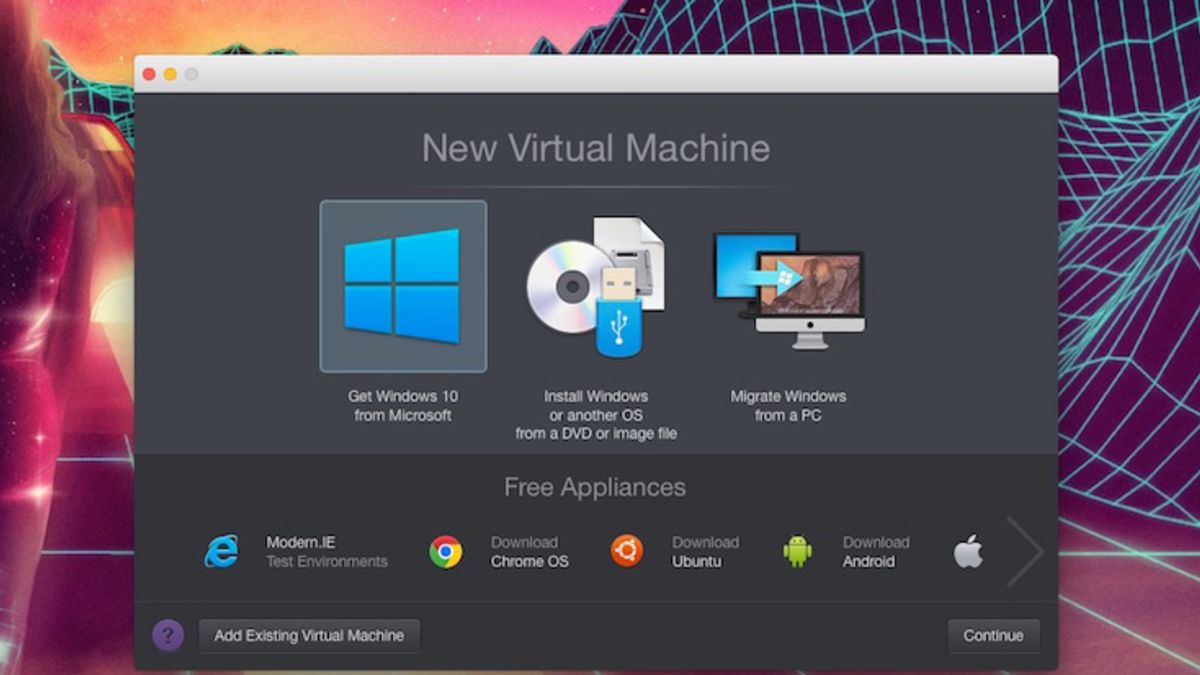

The virtual machine will boot and load the Mac OS installer file selected earlier, now choose to “Install Mac OS” to perform a clean install** of Mac system software within the virtual machine.Optionally click on “Configure” to manually adjust CPU, memory, and disk space of the virtual machine you are setting up.At the Virtual Machine Configuration screen, choose Continue to go with the default configuration of 2 CPUs, 2GB RAM, and the default disk space.Give the virtual machine a name and a location to store the image file, then Continue again.Click Continue to create a new disk image file for the virtual machine.Parallels Lite will scan the hard drive for Mac OS installers and operating system ISO files, choose “Install macOS” and click Continue (choose “Locate Manually” and navigate to the installer if it did not find it automatically).Choose “Install Windows or another OS from a DVD or image file” from the available options and click Continue.Launch Parallels Desktop Lite and choose “Linux Only”, the Free option then click Continue.Download a Mac OS installer application from the App Store, or have one available on a USB drive or elsewhere on the Mac (in the example here we are using the macOS Sierra download from the App Store).

First, get Parallels Desktop Lite from the Mac App Store, it’s free to download*.How to Create a Mac OS Virtual Machine with Parallels Liteįor running macOS in a virtual machine we will use the free Parallels Lite app for Mac, beyond that you will need a MacOS installer either downloaded from the App Store, from a USB install drive, ISO, or elsewhere. In the guide here, we will be creating a Macintosh virtual machine for running Mac OS on top of Mac OS, which can be helpful for testing out different apps and operating system versions, amongst other purposes.

We have covered this broad topic many times before for purposes like running Windows 10 on a Mac with a VM, to running Ubuntu Linux in VirtualBox, to Snow Leopard in a VM, and others. This means there is no disk partitioning involved, the virtualized operating system runs just like any other application on your computer. For some quick background, virtualization allows you to run another operating system in a confined virtual machine atop an existing operating system through an application layer.


 0 kommentar(er)
0 kommentar(er)
